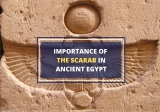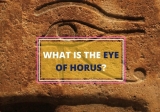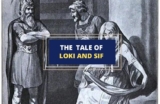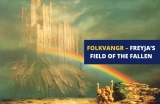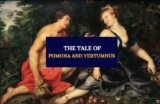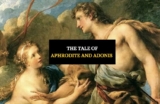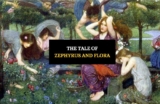In Egyptian mythology, Amunet was a primordial goddess. She preceded the great gods and goddesses of Egypt and had connections with the creator god Amun. ...
The Sesen is the lotus flower used extensively in Egyptian art, and represented the power of the sun, creation, rebirth, and regeneration. The lotus flower ...
In Egyptian mythology, Nekhbet was the Mother of Mothers and the patron and protector of the city of Nekheb. She also protected and guided the royal ...
The scarab is one of the most frequently seen symbols in Egyptian culture, mythology, and hieroglyphics. That’s hardly surprising given how common the ...
The Eye of Horus is one of the most popular and yet most misunderstood ancient Egyptian symbols. It was found everywhere - in hieroglyphics, artwork and ...
Apophis, also known as Apep, was the ancient Egyptian embodiment of chaos, dissolution, and darkness. He was one of the main nemeses of the sun god Ra, and ...
In the mystical realm of Norse mythology, gods and goddesses hold unimaginable power and unfathomable secrets. One such tale involves the cunning trickster ...
In Celtic mythology, Cernunnos was the Horned God who ruled over wild beasts and places. He’s most commonly associated with forests, wild animals, ...
We’ve all heard of Valhalla or Valhǫll – Odin’s Golden Hall of the Slain in Asgard, where the All-Father gathers the souls of all slain warriors after their ...
Roman mythology is filled with fascinating stories of gods and goddesses, and the tale of Pomona and Vertumnus is no exception. These two deities are often ...
The myth of Aphrodite and Adonis is a classic tale of love, passion, and tragedy. As the goddess of love and beauty, Aphrodite was known for her many ...
In ancient Greek mythology, the gods and goddesses were believed to control every aspect of nature and the world around them. Among them was Zephyrus, the ...
- « Previous Page
- 1
- …
- 10
- 11
- 12
- 13
- 14
- …
- 37
- Next Page »





